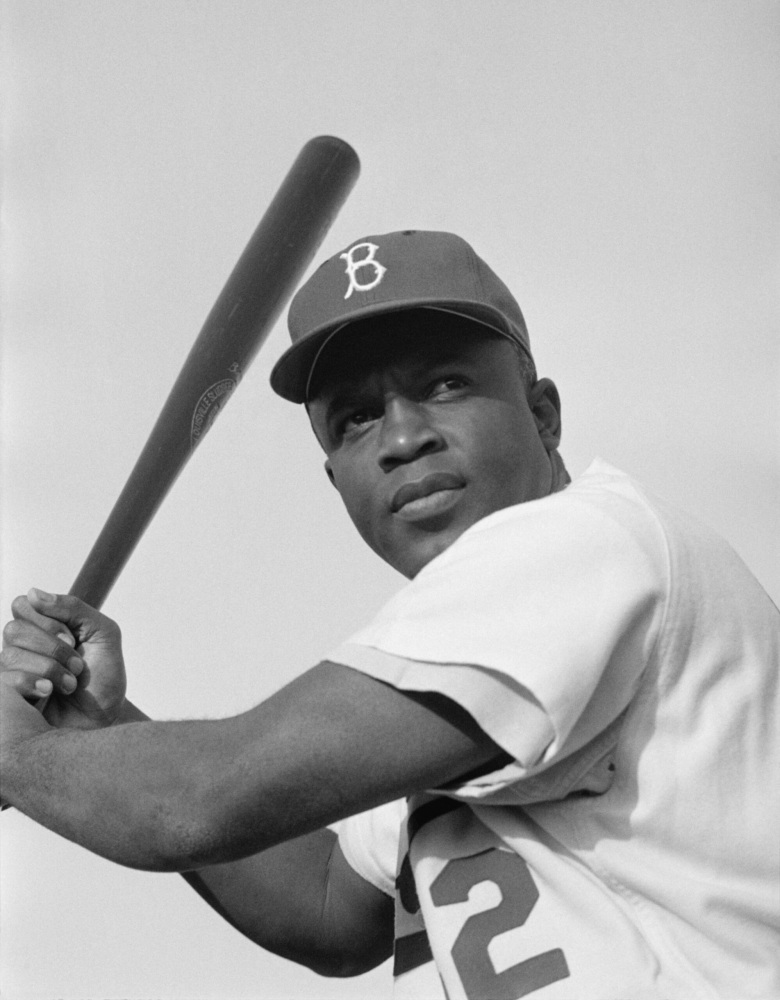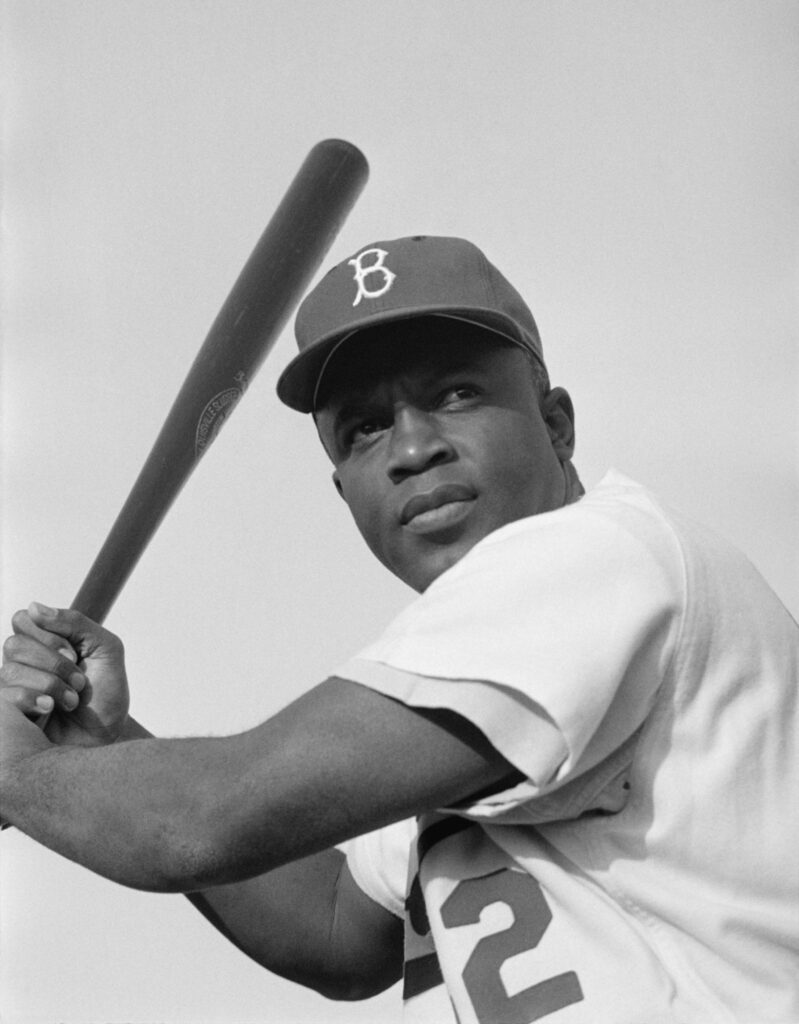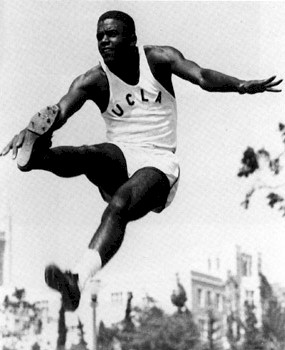

Major League Baseball, which was once segregated, recently moved to include statistics and records of Black players of the Negro Leagues as part of its official history.

Brooklyn Dodgers first baseman Jackie Robinson, then 28, became the first Black player in the majors several decades before the league made this “long overdue recognition” in 2020. With the world watching, Robinson donned No. 42 and stepped onto Ebbets Field on April 15, 1947, shattering the color barrier and paving the way for other Black players in the major leagues.
“I look back on it as the day, the moment that saved baseball,” Robinson recounted in an October 1972 interview, which would be his last before his death. “I think the role of the Black man in baseball today is tremendously significant and that it did have an effect on baseball, and the fact they are doing so much in the game today, keeps baseball at the top of the heap.”
Born on January 31, 1919, Robinson drew inspiration from his older brother, Mack, who was an Olympic medalist. In 1935, Robinson played baseball while attending John Muir High School in Pasadena, Calif. Jackie not only gained accolades in baseball while in high school, but also for playing basketball, football and track, lettering in all of the sports. He played all four throughout his college years.

While playing for the Kansas City Monarchs of the Negro Leagues, he caught the eye of Brooklyn Dodger executive Branch Rickey. Rickey was determined to integrate Major League Baseball. Robinson in 1946 joined the Montreal Royals, the Dodgers’ minor league team. His talent in the minors secured him a spot in the major leagues and marked the beginning of his 10-year career with the Brooklyn Dodgers. This pivotal milestone did not come easy. Robinson received hate mail, death threats and an unsuccessful petition from a few of his teammates to remove him from the ballclub.
Despite the tremendous adversity, Robinson went on to have one of the most notable careers in major league history. He took home “Rookie of the Year” during his first season in Brooklyn, became the first Black player awarded the National League MVP, and was a six-time All-Star. Just before he retired, Robinson punctuated his baseball career with a 1956 World Series victory against Dodger rivals, the New York Yankees. He would later be inducted into the Baseball Hall of Fame in 1962.

Breaking barriers did not stop on the field for Robinson. In 1957, he began working with the NAACP, chairing the million-dollar Freedom Fund Drive, and joined Chock full o’Nuts coffee company as vice president of personnel, becoming the first Black executive at any large American company.
Jackie died from a heart attack at his home in Connecticut. He was 53. His wife, Rachel, established the Jackie Robinson Foundation in his honor. At 99 years of age, Rachel continues to amplify Jackie’s story. On April 15, 1997, in a historic first for any player in any sport, Robinson’s jersey number was retired across all of Major League Baseball. The only time players, coaches and managers wear Robinson’s 42 is on the anniversary of him breaking the color barrier. On the 75th anniversary, all uniformed MLB personnel will wear No. 42 in traditional Dodger blue regardless of their team colors for Robinson. As part of the core mission of America250, we will commemorate American stories like Robinson’s.
Keywords
Sports; Civil Rights; African American; California; New York; Missouri;
Suggested Articles
Grass Route
William Howard Taft’s Children
Self-Advocacy and U.S. Disability History

America’s Field Trip
Engaging students nationwide to celebrate America’s 250th anniversary!
A new contest inviting students in grades 3–12 to share their perspectives on what America means to them — and earn the opportunity to participate in field trip experiences at some of the nation’s most iconic historic and cultural landmarks.